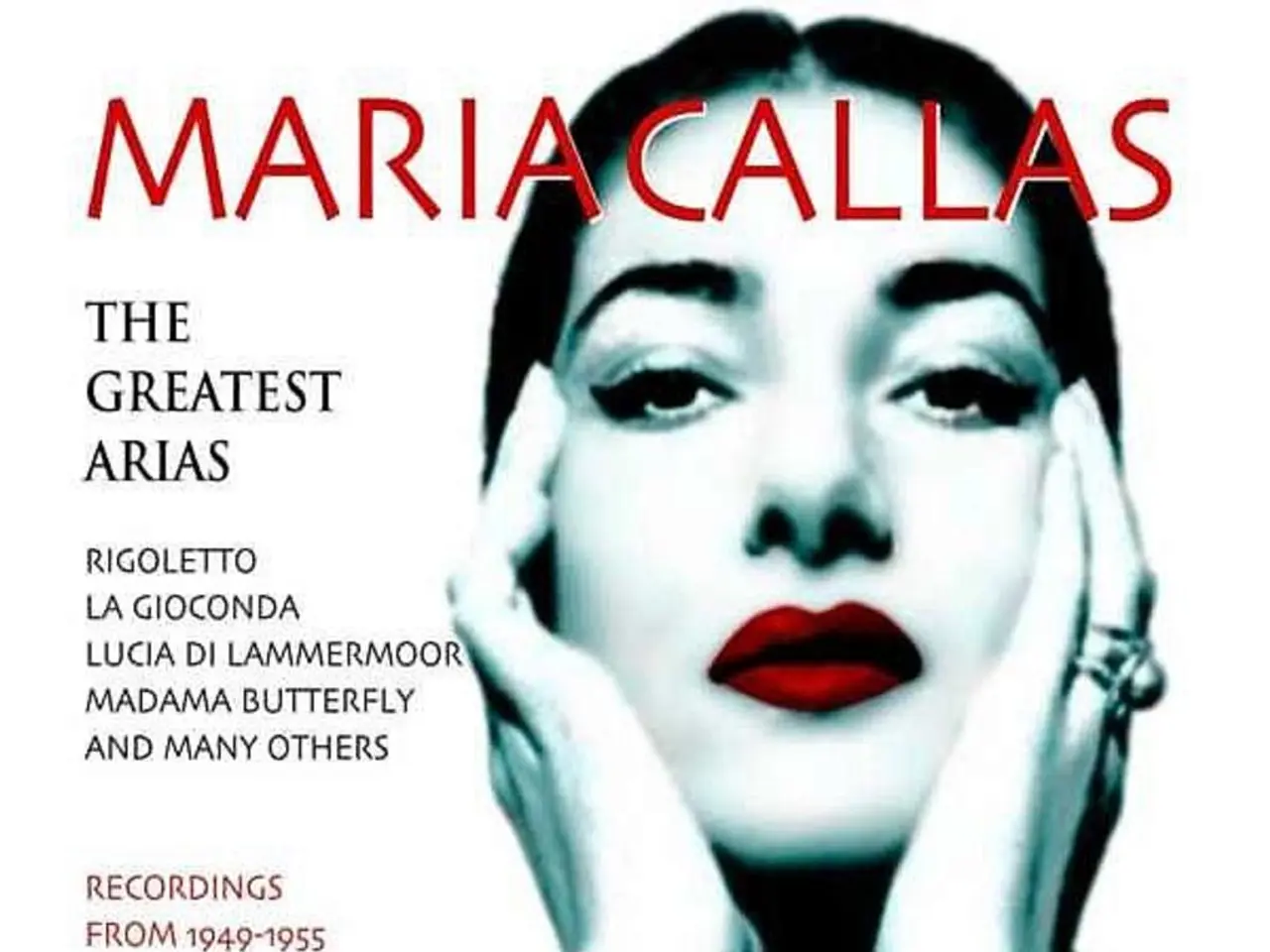Navigating Depression Through Comic Books: A Pictorial Path to Comprehension and Recovery
For those seeking to better understand mental health, graphic novels have emerged as a powerful and enlightening medium. These visually engaging stories offer a unique perspective on depression, employing a range of techniques to represent the condition's emotional and psychological depth.
One such example is "Call Me Emma" by Makee, which introduces the "Ferris Wheel of Depression" as a standout visual metaphor. This metaphor captures the cyclical and fluctuating nature of depression with insightful and raw imagery, reminiscent of Roz Chast’s expressive cartooning.
Matt Barrell's "Nightmare Scenarios" offers a powerful depiction of mental illness through primitive yet effective single-panel illustrations with first-person captions. This approach creates a claustrophobic experience that mirrors the disconnectedness and entrapment felt during episodes of mental illness, including depression.
Graphic memoirs like Nate Powell's "Swallow Me Whole" explore mental illness with complex narratives and imagery that challenge assumptions about perception and reality, offering a nuanced visual and narrative experience of depression and related conditions.
Other graphic memoirs, such as "Lighter Than My Shadow" and "Marbles: Mania, Depression, Michelangelo, and Me," use personal storytelling combined with evocative artwork to represent the author's lived experience with depression. These memoirs often employ stark contrasts, evocative color palettes, and fragmented panel layouts to mirror emotional states and mood fluctuations.
Exploring digital platforms allows for new forms of reader engagement and immersion in graphic novels about depression. Collaboration between mental health professionals and artists is a promising trend, producing works that are both emotionally resonant and scientifically accurate.
Graphic novels have the potential to shape public perception of depression and encourage empathy and understanding. They cater to different age groups, offering unique insights into how depression manifests and is experienced at various life stages. The integration of text and visuals in graphic novels allows for a unique expression of complex thoughts and emotions.
Notable graphic novels on depression use a variety of unique visual techniques to viscerally communicate the internal experience of depression. These techniques deepen readers' understanding of the condition beyond words alone. For example, panel layouts and pacing can convey feelings of loneliness, isolation, and time distortion that often accompany depression. Graphic novels also use muted color palettes or monochromatic schemes to reflect the emotional flatness often associated with depression.
The landscape of graphic novels about depression is evolving, with emerging artists pushing boundaries and incorporating digital media. LGBTQ+ experiences with depression are finding representation in graphic novels, exploring intersectionality of mental health struggles with issues of identity and societal acceptance.
Graphic novels about depression can have significant therapeutic value, helping readers feel less alone in their struggles and educating them about the symptoms and experiences of depression. They stand as a testament to the power of art to heal, educate, and connect us all in our ongoing effort to destigmatize mental illness and promote healing.
- Psychology and science have found a unique intersection in the utilization of graphic novels as a tool for understanding mental health, particularly depression.
- Graphic novels like "Nightmare Scenarios" and "Lighter Than My Shadow" use personal storytelling and art to incorporate the lived experience of bipolar disorder and anxiety into their narratives.
- The immersive and expressive nature of graphic novels makes them an effective medium for therapy, as they can help those struggling with mental health issues feel less isolated and educate them about their condition.
- As mental health awareness continues to grow, the landscape of graphic novels is diversifying, with artists focusing on topics such as LGBTQ+ experiences with depression, breaking stigmas and promoting healing.




